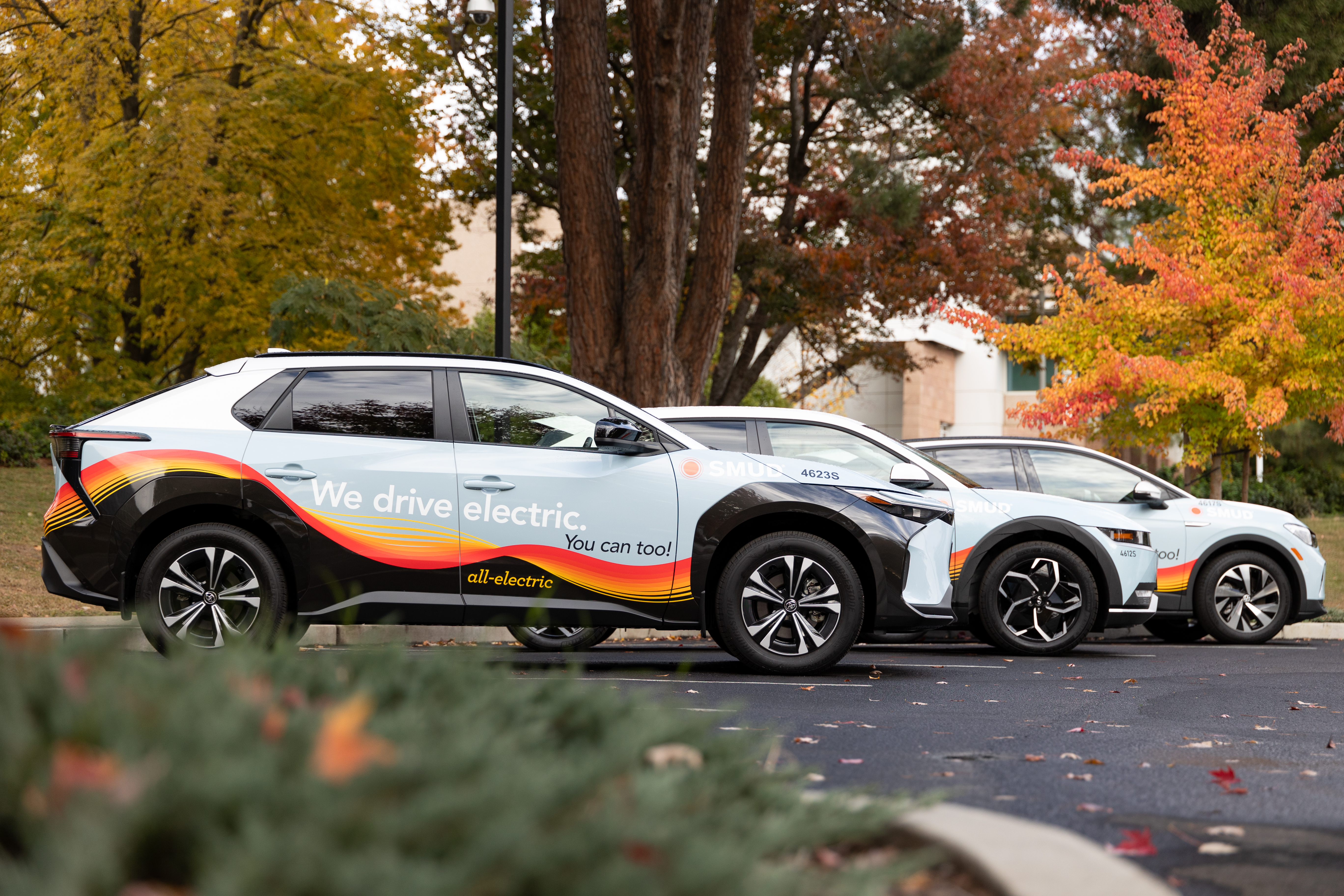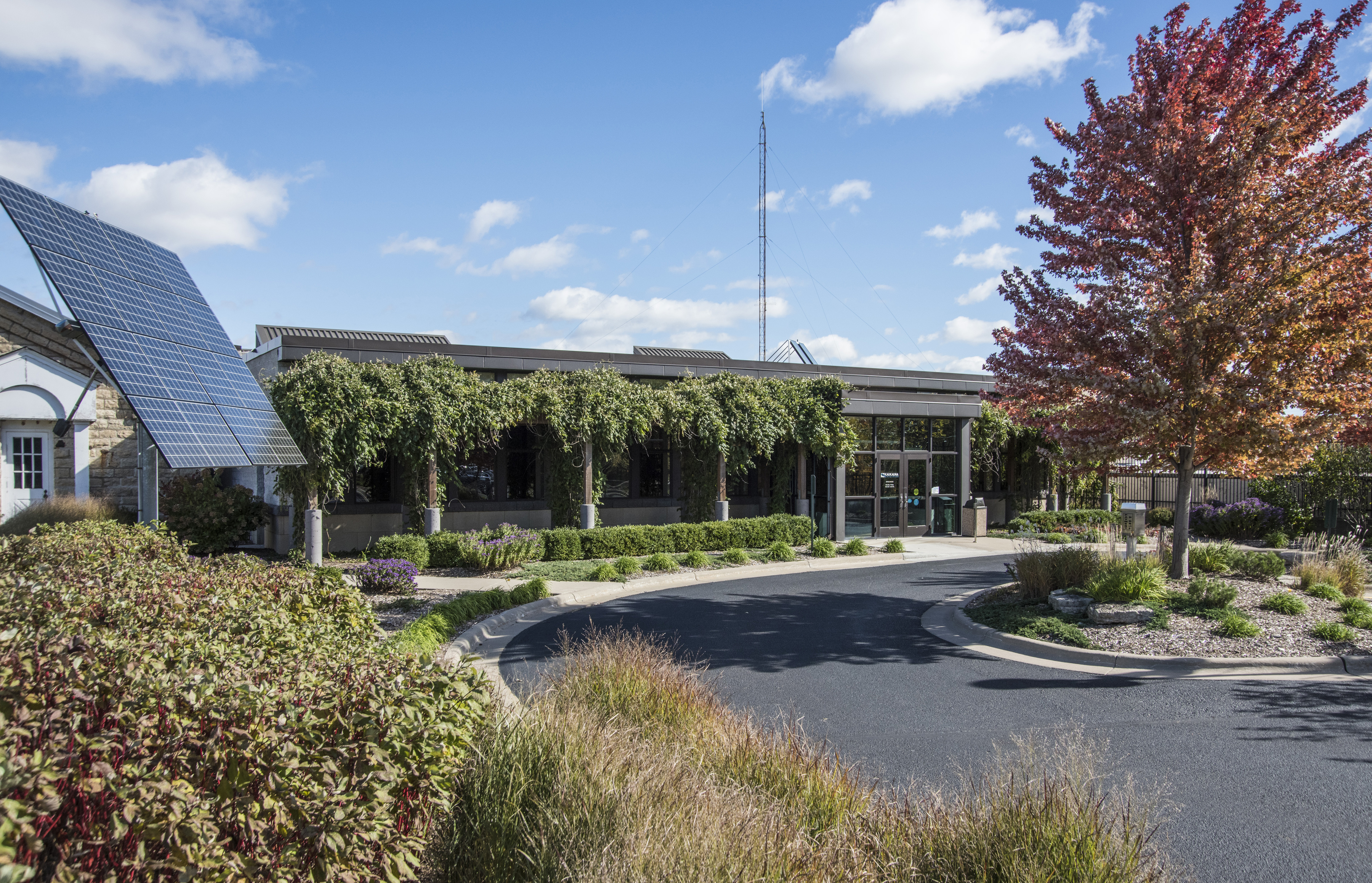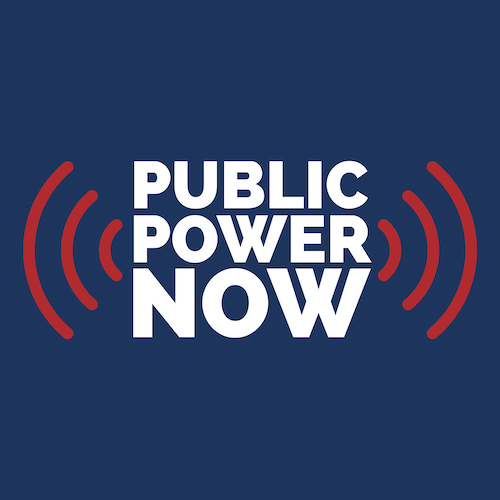While U.S. electrical demand had been relatively stable from the turn of the century into the 2010s, a combination of a booming need for data centers alongside the electrification of transport and industry is driving a new era of load growth. According to a recent study from the National Electrical Manufacturers Association, U.S. electricity demand is expected to rise 2% annually, reaching a 50% increase against current levels by 2050. Increased use of electricity for vehicles and industrial equipment is expected to take a larger share of the overall predicted growth through 2050, overtaking expected load growth from data centers after 2035. The study predicts smaller growth for residential and commercial electrification.
For public power utilities, these increases present both challenges and opportunities. On the one hand, utilities are looking to incentivize customers to embrace electric vehicles, heat pumps, distributed generation, and other technologies that will change their electric usage. On the other hand, public power utilities are focusing on ways to manage changing demand by offering EV charging programs and rebates for energy-efficient equipment.
Discovering Planning Priorities
Certain utilities, like Kaukauna Utilities in Wisconsin, have a surplus of available power that makes these initiatives easier to accommodate. “We’re not pinched for power,” said Michael Avanzi, Kaukauna Utilities’ general manager. “If we had a big data center come in, we would welcome that. It’s a good load for our system.”
Two other public power utilities, Sacramento Municipal Utility District in California and Lakeland Electric in Florida, are doing analysis and planning for demand increases, especially related to transportation electrification.
For SMUD, customers switching from gas to electric heating alone would be less arduous because the demand for heat does not usually coincide with typical hours of peak grid stress, said Rachel Huang, director of distributed energy solutions at SMUD.

future. Photo courtesy SMUD.
Electric vehicles, however, are expected to increase demand in Sacramento. Several years ago, SMUD started researching where customer adoption of EVs would occur within its distribution system. More recently, SMUD conducted detailed analysis of the grid implications of vehicle electrification, at the light-duty, medium, and heavy-duty vehicle levels to continue refining its planning considerations.
At the light-duty level, SMUD examined transformer loading with the presence of multiple electric vehicles to predict the locations of the most immediate grid stress points. “That allows us to really target areas where we think we may need to change out our transformers,” Huang said. SMUD also used both metered EV charging data and vehicle telematics data to understand diversified load profiles with consideration of managed EV charging to inform transformer sizing.
For medium- and heavy-duty vehicles, SMUD surveyed its top 100 commercial customers to understand their vehicle fleet electrification goals and identify possible clusters of demand from EV charging on the distribution grid. The utility also analyzed opportunity areas where there is available capacity to support commercial fleet vehicles.
Promoting managed charging is a core component of SMUD’s strategy for meeting load growth from EVs. Notably, the utility has been running a managed charging pilot with BMW, Ford, General Motors, and Tesla, and is planning a larger-scale managed charging program based on its findings.

In addition, SMUD implemented time-of-use rates to encourage EV owners to charge during off-peak hours. The utility offers a discounted rate for any home electricity usage between midnight and 6 am. Under that rate, EV owners receive an additional 1.5 cents per kilowatt-hour discount, Huang said.
“The message is not that we don’t have to do any grid upgrades due to electrification, but SMUD has been taking a very methodical and analytical approach to give us some scenarios and do some planning ahead.”
Lakeland Electric, the third largest municipal utility in Florida, is also working to address electrification in its community. One of the utility’s biggest concerns is transportation electrification, especially electric 18-wheelers, said Mike Dammer, manager of emerging technology at Lakeland Electric.
Similar to SMUD, Lakeland oversaw a study into future EV adoption. The analysis projected the utility will add between 20 MW to 30 MW of load related to EVs within 15 years.
“We can watch those trends and know what our load growth will be and integrate it into resource planning,” said Dammer.
When companies look to electrify transportation, Lakeland Electric works with them to understand how the utility can best serve the load.
For example, Amazon sought to convert its local fleet to EVs. To help meet this goal, Lakeland Electric held talks with the company about deploying 311 EV chargers. Part of this effort involved asking Amazon to site the chargers at a different location than the company had initially planned so that Lakeland Electric would not have to change existing infrastructure.

“We wanted to make sure there was capacity for transformers and substations when you’re putting in 311 chargers,” said Cathryn Lacy, marketing manager for Lakeland Electric. “We would have had to add miles of conductor if Amazon chose the first location.”
Residential load growth is another challenge that Lakeland Electric’s planners are rising to meet. The region was ranked second in U.S. residential growth from 2022–2023, and to meet this demand, the utility now offers rebates to customers who purchase efficient appliances and air conditioning systems.
The utility has sought to incorporate personal power generation within its load mitigation plans, as Lakeland Electric fields 20 to 30 requests per month for residential solar. Its customers can now enroll in a net billing arrangement under which the utility pays them for any excess solar they send to the grid. Lacy noted, though, that Lakeland Electric still prefers solar producers use this energy to help reduce demand and line losses.
Along with focusing on residential customers, Lakeland is running a pilot that provides energy use information to commercial customers. If these customers examine their aggregate data, they might be able to determine, for example, whether a loading door open on a hot summer day is increasing the need for air conditioning.
“We’re trying to be a trusted energy adviser for residential, commercial, and industrial customers,” Lacy said.
Getting Ready
Kaukauna Utilities sees electrification as a net positive. This has been supported through the launch of a beneficial electrification and environmental responsibility plan that encourages a transition toward clean electricity and the use of zero-emission generation. About 45% of Kaukauna’s energy mix is renewable, and with nuclear resources included, the utility’s generating mix is 60% from clean energy sources.
While its customers have been moving toward electrification gradually, Kaukauna’s planners expect this to pick up in time. “It’s a little slow, but we believe it’s not a matter of if, but when electrification will occur,” Avanzi said.
The utility expects customers will first buy EVs, which will be followed by building electrification. Kaukauna Utilities’ expects electrification to occur because it will be beneficial, which means that three criteria will be met: Heat pumps, EVs, and other products will make economic sense for the customer, they will be reliable, and they will provide environmental benefits.

Over the last five years, 45 customers have taken advantage of Kaukauna’s EV charging rebate — 32 of them in the last two years. Thirty customers have used the heat pump rebates, and 25 have installed rooftop solar using rebates. The utility also offers rebates for insulation, smart appliances, and window replacement.
“When our customers electrify, we want homes to be energy efficient,” Avanzi said.
To help lower peak demand — including from EVs — Kaukauna Utilities began a new time-of-use rate in 2024 that gives customers a 40% discount for consuming electricity between midnight and 5 am every day. The rate includes three tiers, with on-peak from 3 to 7 pm on weekdays and standard rates applying at other times.
Under a time-of-use rate created prior to these 2024 measures, on-peak rates were applicable from 8 am to 8 pm. About 70 customers are signed up for that rate, and many are expected to switch over to the new one.
“This new rate gives customers more flexibility and options, more times to use energy, and less time for on-peak,” he said.
In another effort that is expected to help meet demand and enhance system resilience, Kaukauna Utilities is planning a utility-scale microgrid at a substation that supplies electricity to about 6,000 customers, or about 40% of its customer base. If a transmission line supplying this critical substation goes down, the microgrid, in conjunction with three hydroelectric plants, could help the system ride through the outage and continue to serve those customers.
While electrification has been incremental, Kaukauna Utilities expects these incentives to provide value for both commercial and residential customers.
“Electrification will be a win-win for everybody,” Avanzi said.

